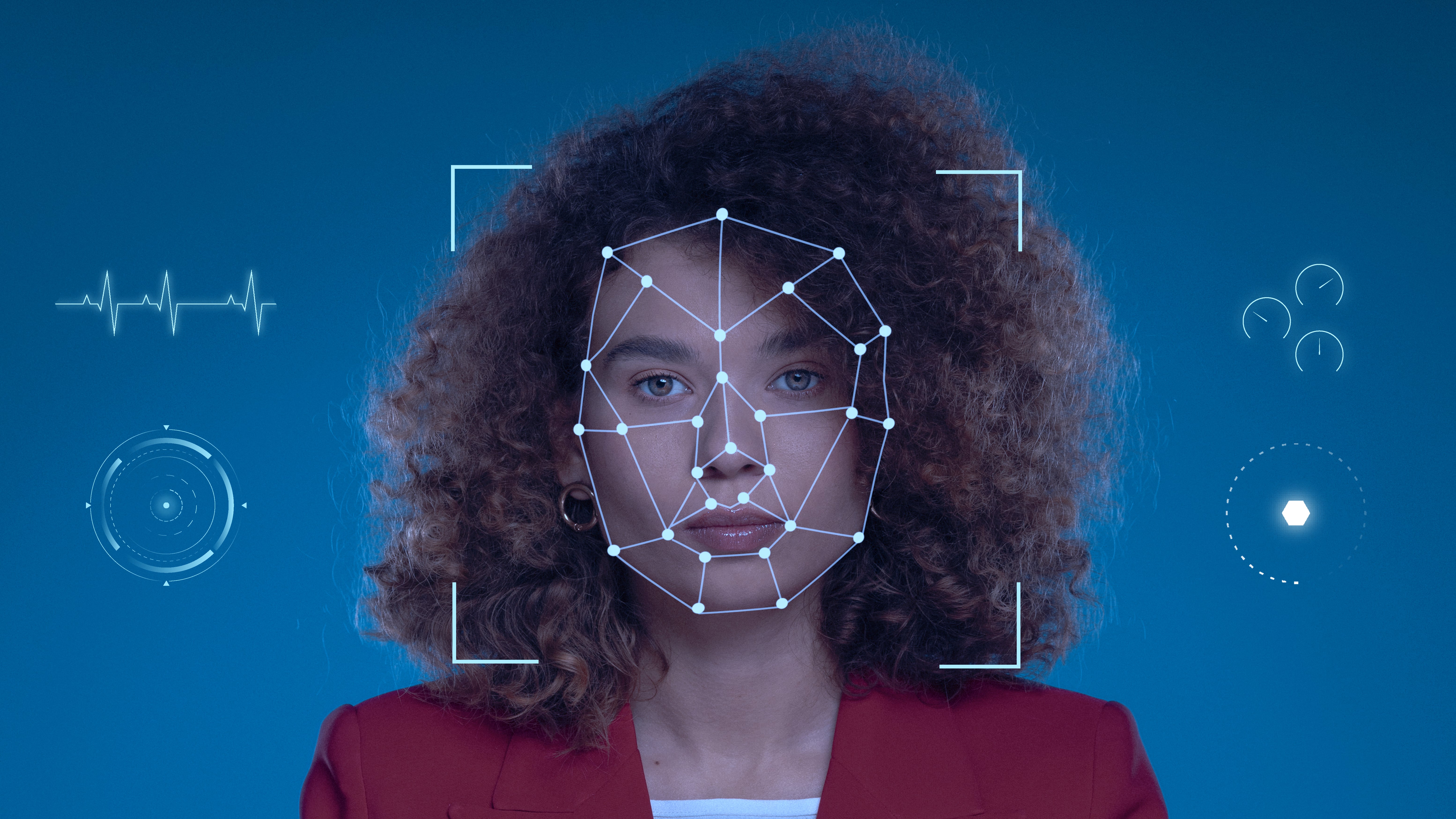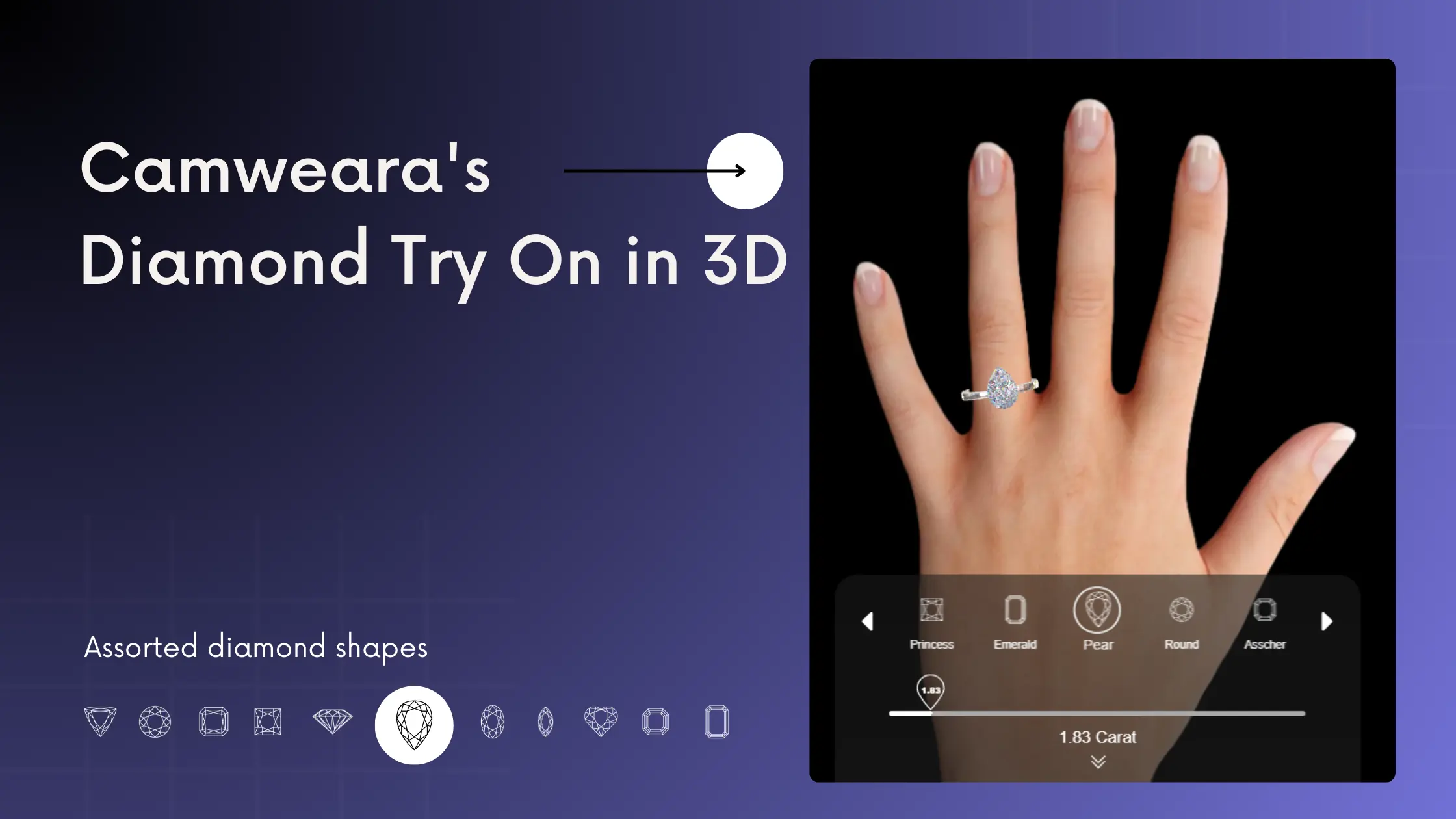Virtual Try-On
Unlocking AR Secrets: Facial Detection vs. Facial Recognition
- By Camweara team
- No Comments
13 Mar

Introduction: Introducing the concept of facial detection and facial recognition in the context of augmented reality (AR) and highlighting their significance in unlocking the potential of AR technology.
Definition:
Facial Detection: Identifies the presence of a face in an image or video within the AR environment.
Facial Recognition: Goes beyond detection to identify and verify the identity of specific individuals by analyzing their facial features.
Application:
Facial Detection: Used for various purposes in AR, such as camera focusing and organizing photos by faces.
Facial Recognition: Applied in AR for unlocking devices, biometric verification, and enhancing security in industries.
Functionality:
Facial Detection: Focuses on detecting the existence and location of faces within the AR environment.
Facial Recognition: Analyzes facial features to match and verify the identity of individuals in AR scenarios.
Scope:
Facial Detection: Primarily identifies the presence of a face in AR.
Facial Recognition: Identifies and verifies the identity of specific individuals within the AR environment.
Process:
Facial Detection: Locates faces in images or videos captured in the AR environment.
Facial Recognition: Captures facial features, matches them with a database of known faces, and verifies the identity of individuals in AR.
Examples:
Facial Detection: Used for recognizing faces in social media photos within AR applications.
Facial Recognition: Applied for unlocking smartphones with facial recognition features in AR environments.
Conclusion: summarizing the importance of understanding the differences between facial detection and facial recognition in AR and how they contribute to unlocking the secrets of AR technology.
Schedule a personalized demo today and see how you can offer virtual try on experience for your customer
Recent Posts
- What Tools Can Help Enhance the Ecommerce Shopping Experience?
- Camweara Q4 2025 Innovations: AI-Powered Virtual Try On, Find My Size
- Types of Virtual Try On Experiences Transforming Online Shopping
- Which brands are leading in virtual try-on solutions for fashion?
- Why Eyewear Brands Choose Camweara Over Traditional Virtual Try-On Tools




